

The Chubb Archive is part of The History of Locks Museum Resources
Contact our curator for more information
© 2004 - 2016

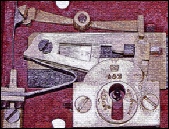
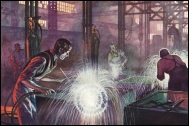
Your one-stop resource for dating & information on vintage and antique Chubb Locks, Safes & Security Equipment
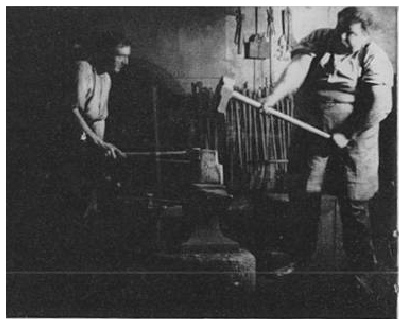

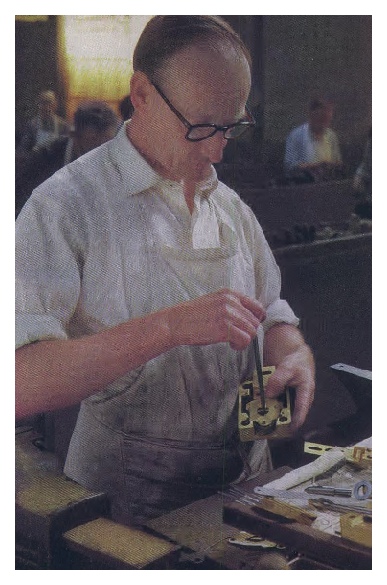
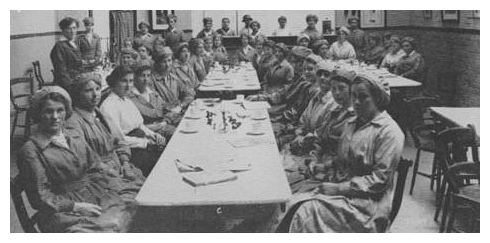
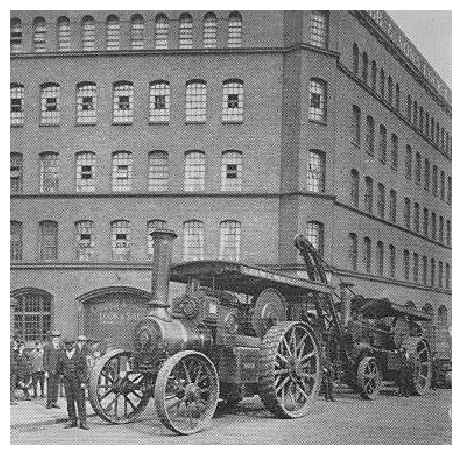
This picture dating from 1890 shows two blacksmiths at work in the Chubb London Safe Works. At that time the role of the blacksmith was very important in safemaking.
For many years Chubb used horse drawn carts for deliveries in the London area. In 1904 the first mechanical transport was acquired; a steam wagon made by the St. Pancras Ironwork Co. Ltd.
In common with the majority of British factories, the company employed many female labourers during the 1914 - 1918 war
Steam traction engines outside the Wolverhampton Lock Works in Railway Street about to haul a large vault door to the railway station.

At the heart of the City of London in the 1920s, the Mansion House overlooks the building of a new City Office for a leading British bank. The sign reads ‘Treasury Strong Room Doors by Chubb’
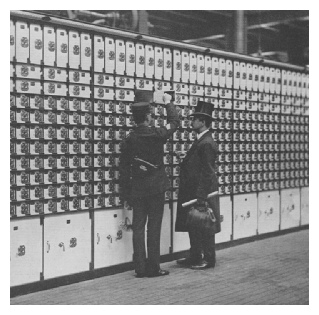
A Victorian safe deposit is inspected before despatch from the London Safe Works. On the right is the sole overseas Chubb representative during the 1880s - 1890s
This 1960s photograph, shows one of Chubb’s locksmiths inspecting the lever mechanism in the all brass lock fitted to Treasury safes and Vault Doors. At that time there were at least 16 of these craftsmen in the ‘Locksmiths Shop’, none with less than 25 years service.

Buckingham Palace (1977)
The present forecourt of the Palace, where Changing the Guard takes place, was formed in 1911, as part of the Victoria Memorial scheme.
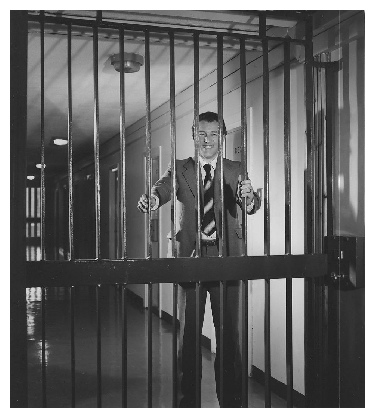
Another photograph from the late 1970s. Taken during one of my regular visits to this prison in Scotland; the smile is one of relief having just been promised release at the end of the day!
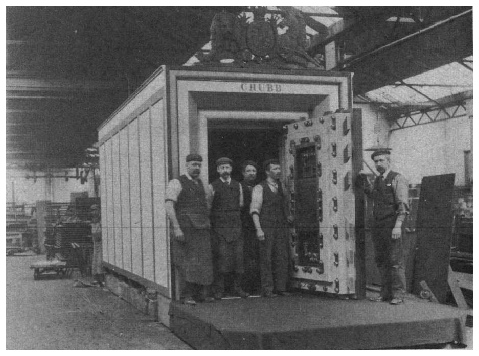
1906 Strong Room Vault at Glengall Road Safe Works
Chubb Photographs
Lithograph of the Chubb Stand at the 1851 Great Exhibition
The gates and railings were also completed in 1911; the North-Centre Gate is now the everyday entrance to the Palace, whilst the Central Gate is used for State occasions and the departure of the guard after Changing the Guard.
By 1977 the original gate locks were almost inoperable and Chubb were asked to design replacements. The requirement that they match the dimensions of the original locks called for creative thinking by the design engineers at Wolverhampton!
A total of seven new locks were designed, built and installed in time for the Jubilee Celebrations.
The picture shows two Chubb engineers checking the lock on one of the pedestrian gates. The author and Mr. Philip Gan from Chubb Malaysia just happened to be visiting that day!
Copy of an advertisement dating from the early 1840s
confirming offices at 28 Lord Street, Liverpool
Chubb Leg Irons found in the Horseley Fields premises when the Company moved there in 1838.



The Company’s first trademark was registered on February 4th 1876
Registered Trademarks
UK registration of these began on 1st Jan 1876 following the ratification of the Trade Mark Registration Act 1875.
The ‘Wolverhampton’ variant followed twelve years later on 18th July 1888
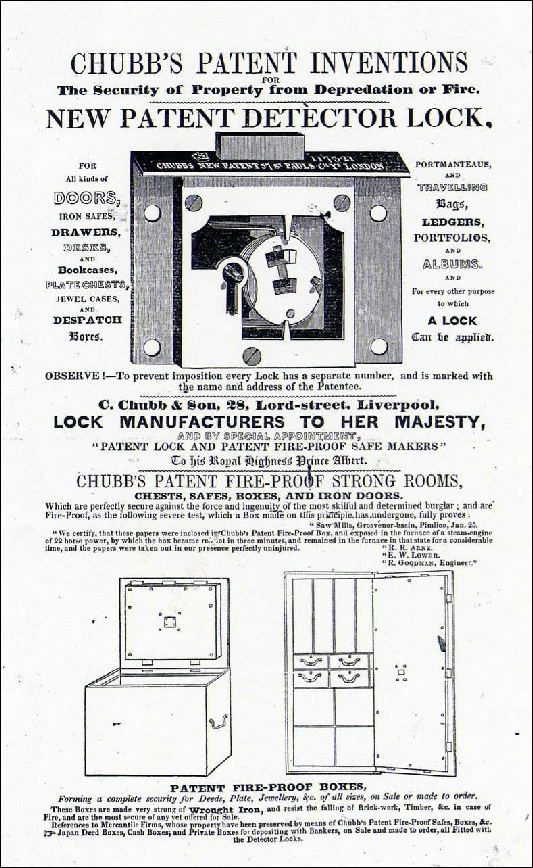
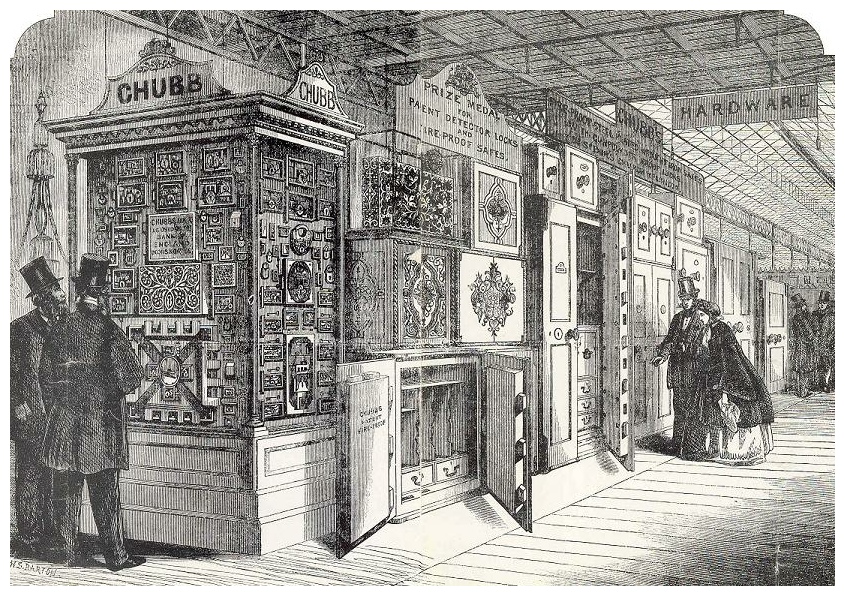
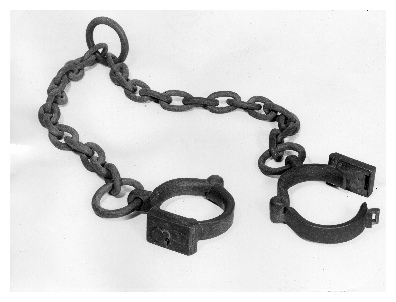
Home | Previous Page | ToP | Next Page
| Chubb 1818-1990s |
| Chatwood-Milner |
| Chubb Family |
| Early Sales/Offices/ChubbGroup/1980s & on |
| The Detector Mechanism |
| Photographs |
| Chubb Money Boxes |
| The Aubin Trophy |
| Lock Number 696 |
| Williams acqusition |
| Arthur Briant |
| Ibbs - Export is Fun |
| Peter Gunn |
| Back to Work |
| First Steps |
| My Export Career begins |
| The Happy Years |
| Export Manager |
| Back to The Midlands |
| Back to The Midlands - part 2 |
| Australia |
| The Midlands - again! |
| The Final Years |
| Conclusions |
| Slingsby Dart T51 Sailplane |
| Latest News |